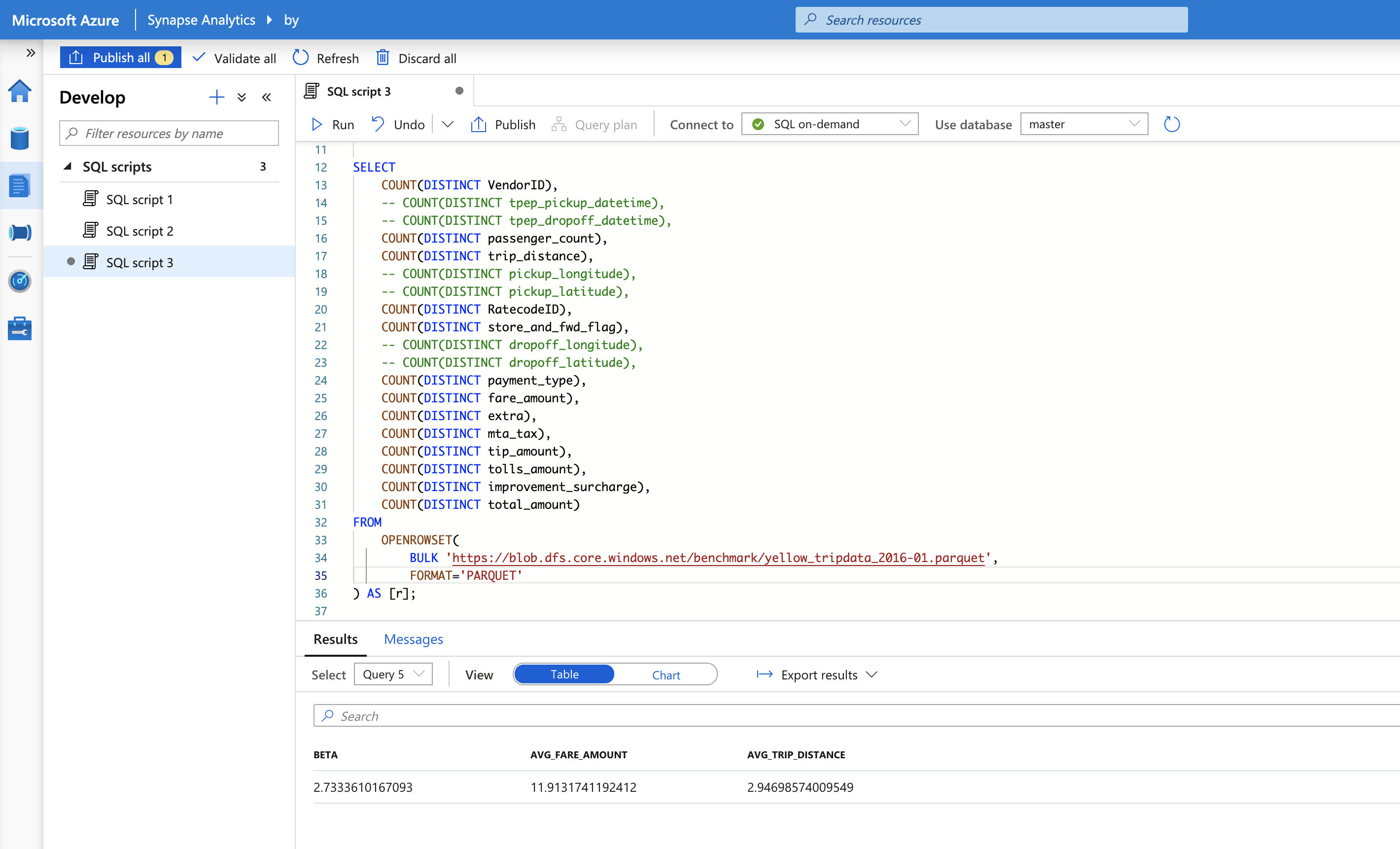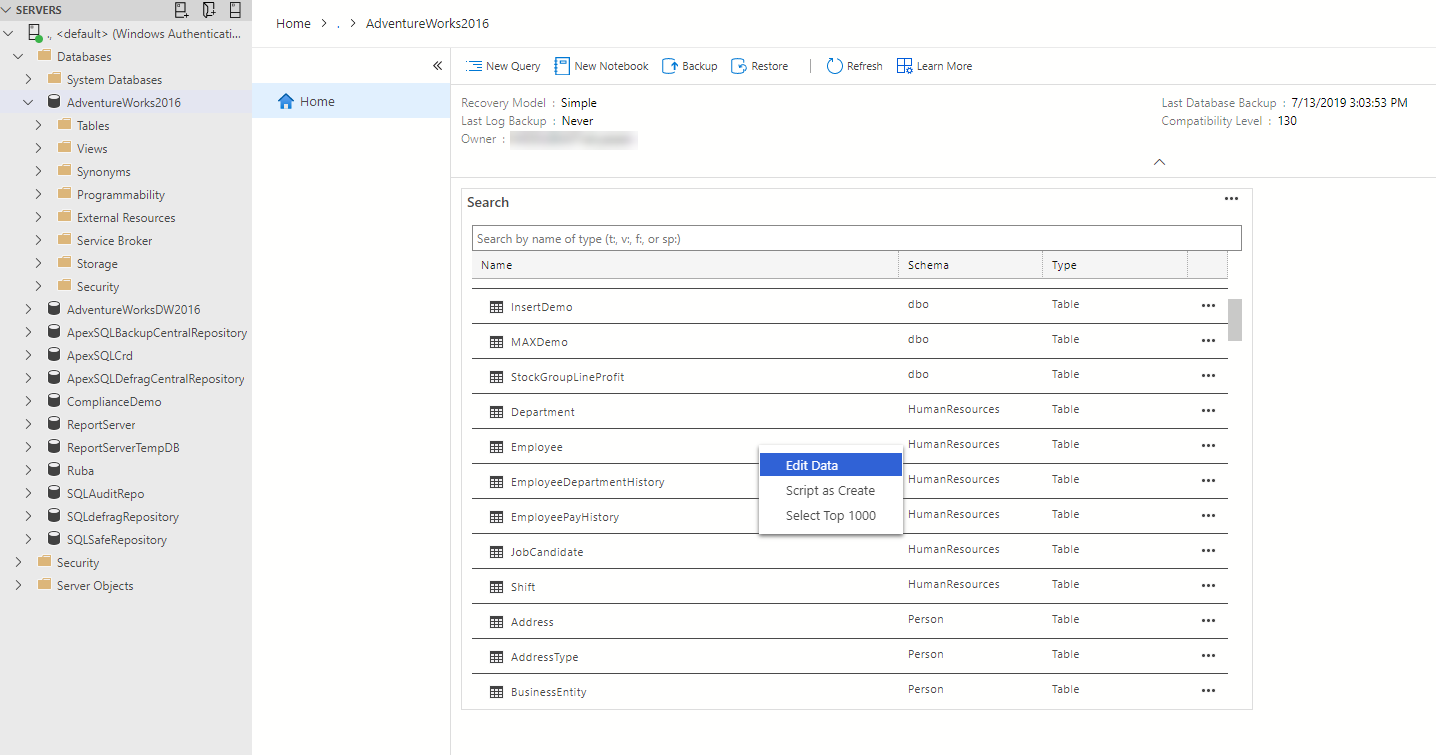
It’s also possible that the plan is too large to be captured, because of the settings for MAX_EVENT_SIZE. Again, this is not specific to plan events. Jonathan describes this in detail in his post about XE session options ( ) under the EVENT_RETENTION_MODE section. That was not specific to showplan events, that could happen for any events.Įxtended Events will also jettison events, either single events or an entire buffer of events, if it cannot dispatch events from the intermediate buffers to the target because it cannot keep up with event generation. This would manifest with a message in Profiler that events had been lost. Profiler would jettison events (not JUST showplan) if the events could not be moved from the queue (buffers) to the rowset provider (Profiler) in 20 seconds because events were being generated faster than they could be pushed to Profiler. You can still create, alter, and stop event sessions using T-SQL in Azure Data Studio.To stop an event session using T-SQL, you can execute:ĪLTER EVENT SESSION ADS_Standard_OnPremES.To see what event sessions are running, you can execute:.I wouldn’t recommend this, but if you have multiple users, be aware it’s possible.



AZURE DATA STUDIO HOW TO
Notice that when you select the extension, information about how to use it also appears. Once it’s installed you can select Reload and it will move into the top half of the window under Enabled.
AZURE DATA STUDIO INSTALL
To install the extension, click on it, and then select Install. The name “SQL Server Profiler” is confusing, as this is not the same tool (UI) that’s been available since SQL Server 7.0.

To clarify, the extension in ADS is like XEvent Profiler in Management Studio (which also is built using Extended Events). “The SQL Server Profiler extension provides a simple SQL Server tracing solution similar to SSMS Profiler except built using XEvents.” NOTE: Even though the extension is named SQL Server Profiler, it is using Extended Events.
AZURE DATA STUDIO DOWNLOAD
After you download and install ADS, and connect to an instance, you’ll want to navigate to the Extension Manager (blue box in image), then scroll through the list to find SQL Server Profiler (purple box in image): I was prompted to dig into using Extended Events in Azure Data Studio (ADS) after the latest release came out from the Tools Team this past Monday.


 0 kommentar(er)
0 kommentar(er)
